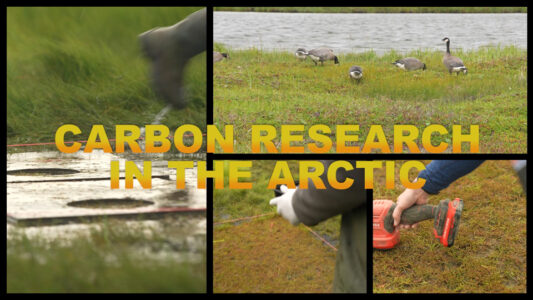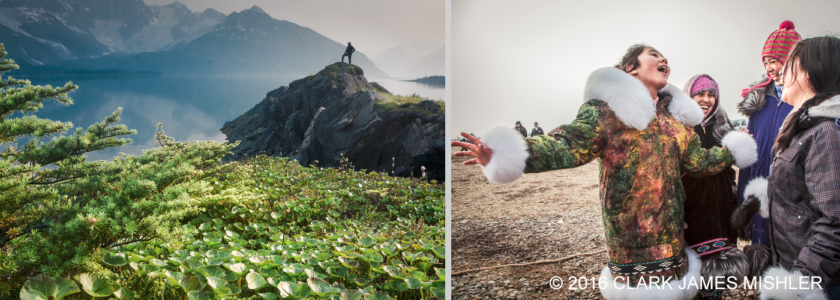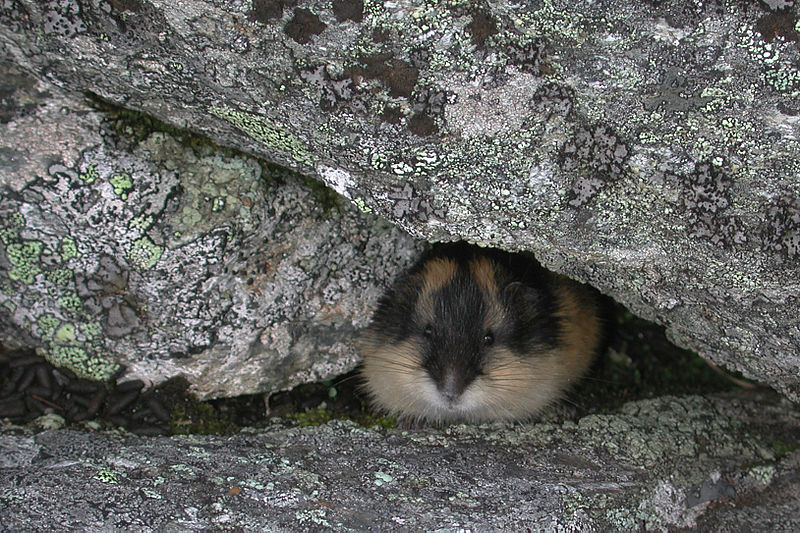

Laura Nielsen for Frontier Scientists –
Arctic temperatures are warming at twice the rate of lower latitudes’, making the area one of the most rapidly changing regions on Earth. Arctic ecosystems are facing radical alteration. And, surprisingly, a tiny furry rodent may be a major player in those changes. Lemming populations have a powerful impact on Arctic flora and fauna. Due to their influences and those of the rapid climate change the Arctic is experiencing, we are beginning to see ecosystem level and even global level changes.
Small creatures, big impacts
Lemmings are a vital prey species of great ecological importance in the Arctic. Lemmings support the Arctic food chain; they are the only naturally occurring small rodent species in the high Arctic, and their population provides food for the majority of Arctic predators. The Arctic fox and the Snowy Owl feed on them, as do stoats, weasels, and predatory birds like the long-tailed skua.
Lemming populations fluctuate multiannually. The population tends to peak every 3 to 5 years. Females become sexually mature at 3-6 weeks of age, bear litters of up to 8 young after a 3 week gestation period, and can breed immediately after giving birth. Because of this, the rodents’ population can radically explode in numbers. Researchers monitor lemming numbers through mark-recapture live trapping, camera trapping, or by measuring the density of their winter under-snow nests (which become visible as the snow melts).

Lemmings only consume living vegetation. The abundant herbivores have a strong impact on the Arctic biome, especially in years with high populations. Their impact on Arctic vegetation is so extreme that it is visible to satellites. Their voracious appetites seem detrimental, but once the plant life is decimated it has the potential to return even stronger. An examination of fenced plots in Barrow, Alaska, that lemmings were excluded from (kept out of) for the last 50 years suggested that sustained lemming activity actually promotes the growth of many plants.
During high population years, lemmings will migrate in search of food. They travel in groups, in waves, across the countryside, and sometimes swim. The idea that lemmings will follow others blindly to their own death, however, is a myth. This ‘Lemming Suicide Myth’ began with a Disney film Wild Wilderness in 1958. The lemmings are portrayed purposefully running over a seaside cliff, when in fact they were herded and pushed. Myths aside, in high population density years predators are likely to take 75% to 80% of the lemming population. During the next 3 to 5 years the rodents’ population rebuilds, as does the plant life necessary to support such a large boom.
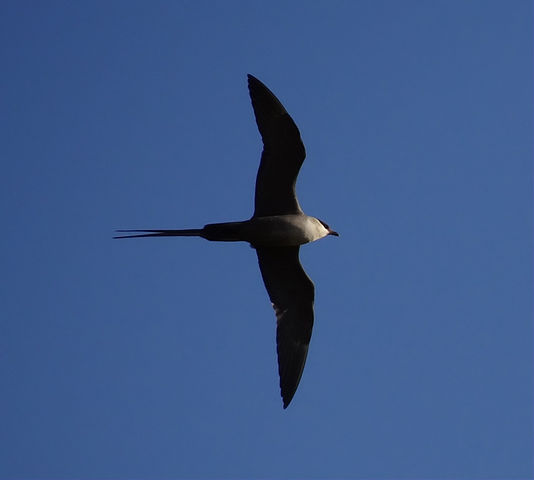
Population trends are changing
Whereas population booms and busts were previously fairly stable, the turn of the millennium saw a collapse in the cycle, especially in northern Greenland. Cyclical patterns are changing. On Wrangel Island in northeast Russia the years of peak population densities have increased to 8 years apart in the 1990s and 2000s. Lemming population trends are becoming unpredictable.
That is major news for other animal populations. Predators suffer. There now may be fewer than 200 Arctic foxes in Sweden, Finland and Norway, where in 1850 they numbered over 15,000. When predators can’t rely on lemmings, they turn to other prey like nesting shorebirds, a vast multitude of which take advantage of the short Arctic summer to nest. Lemmings in low population years cannot take pressure off those birds and other ground-nesting birds like ptarmigan and willow grouse. “As competitive relationships change for predators, prey, and plants,” said Kyrre Kausrud, professor at the University of Oslo in Norway,” the whole community changes.”
For most of the year, lemmings live in a world under the snow. The depth-hoar they dig through is a deeper layer of the snow that has compressed into large crunchy crystals. Digging tunnels through snow provides the animals with insulation, water, a place to nest, and access to low level plants like mosses. This subniveal (under snow) world also protects from predators. But warming temperatures in recent years are changing the structure of the snow cover. Winter temperatures that fail to remain steady make the snowpack partially melt and refreeze, partially melt and refreeze. Meltwater can drown lemmings in their burrows, and the melt forms thick icy layers that are hard to dig through.
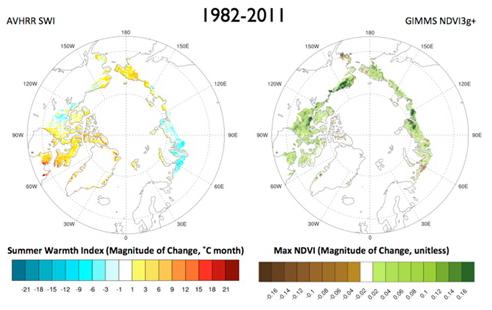
The Arctic carbon cycle
Arctic permafrost, the frozen layer of ground that covers much of the far north Arctic, is also reacting to warming temperatures. When permafrost melts it releases carbon (CO2) and methane (CH4).
Meanwhile plants are creeping inexorably north. The Arctic is slowly becoming more green. Plants uptake carbon dioxide (CO2) when they perform photosynthesis, but release it through respiratory processes and when they decompose.
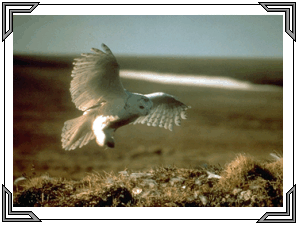
Unless all of these processes reach equilibrium, the Arctic will either act as a carbon source, adding carbon to the atmosphere, or as a carbon sink, removing carbon from the atmosphere and storing it. Carbon trends here impact global carbon levels and thus the global climate.
Tiny lemmings impact population levels and lifestyle of both predators and prey animals. They alter the vegetative cover in the Arctic, encouraging plants to thrive or not as they feed. This keystone species has ecological impacts on nearly the entirety of the Arctic. As climate change drives amplified warming in the Arctic, we can expect to see larger and more impactful consequences, even from small sources.
.
Frontier Scientists: presenting scientific discovery in the Arctic and beyond
References:
- ‘Exclusion of brown lemmings reduces vascular plant cover and biomass in Arctic coastal tundra: resampling of a 50 + year herbivore exclosure experiment near Barrow, Alaska’ D.R. Johnson et. a., published in IOPscience Environmental Research Letters (2011)
http://iopscience.iop.org/1748-9326/6/4/045507/fulltext/ - ‘Greenland Lemmings’ Collapse Pushes Predators to Brink’ Virginia Morell for Science Now (2012)
http://news.sciencemag.org/sciencenow/2012/09/greenland-lemmings-collapse-push.html?ref=hp - ‘Lemmings (Lemmus and Dicrostonyx spp.)’ D.G. Reid et. al, for Arctic Report Card: Update for 2012 under the National Oceanic and Atmospheric Administration’s Arctic theme page (2012)
http://www.arctic.noaa.gov/reportcard/lemmings.html - ‘Lemmings Suicide Myth’ Karl S. Kruszelnicki for ABC News in Science (2004)
http://www.abc.net.au/science/articles/2004/04/27/1081903.htm#.UcnsGjtwp8s - ‘Linking climate change to lemming cycles’ Kyrre L. Kausrud et. al., published in Nature, international journal of science (2008)
http://www.nature.com/nature/journal/v456/n7218/abs/nature07442.html
